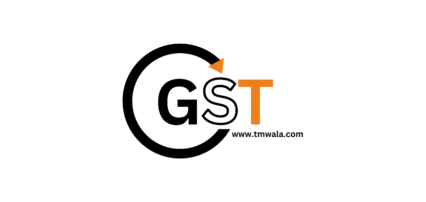
₹4,000.00 Original price was: ₹4,000.00.₹1,999.00Current price is: ₹1,999.00.
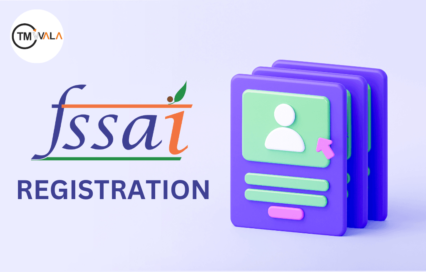
₹8,000.00 Original price was: ₹8,000.00.₹3,999.00Current price is: ₹3,999.00.

It’s easy to understand what Intellectual Property Rights (IPR) and indirect taxation are.
Indirect Taxation and Intellectual Property Rights (IPR) will be talked about today. These are both very important in the business and law worlds.
Intellectual Property Rights (IPR) protect any new invention, idea or work. Protecting creative ideas is what Intellectual Property Rights (IPR) are all about. Whereas theIndirect Taxes are taxes that people don’t pay directly but are added to the prices of goods and services.
Meaning – People should own their own inventions, brands, designs, and creative material when they come up with them. The goal of intellectual property rights is to protect these kinds of ideas legally. If you didn’t have IPR, anyone could copy someone else’s idea without their help.
Kinds of IPR (Intellectual Property Rights):
Patent
It is a legal entitlement that offers protection for a new idea or technology. It is awarded only for fresh and creative ideas. A patent has validity of twenty years. Following this time, the creation becomes public domainand anyone may use it. Like Apple’s Face ID technology is patent protected hence no other firm may imitate it without authorisation. To guard their formulations, pharmaceutical companies get patents for new medications. Here, The Patents Act, 1970defines;
Section 2(1)(m) – “Patent” means a patent for any invention granted under this Act.
Copyright
It protects creative works including books, music, films, software, and artistic works. Owner of Creative Works. Original work creates automatically grants automaticallycopyright. It is still applicable the creator’s lifespan + 60 years.Like A writer’s book is covered under copyright, so stopping illegal duplication. Additionally copyrighted are films and songs, which stop piracy and unauthorised downloads. Here, the Copyright Act, 1957defines;
Section 14 – “Copyright” means the exclusive right to do or authorize others to do certain acts in respect of a work.
Trademark
The Brand Identity Protection a trademark covers the name, logo, phrase, or distinctive brand identity of a corporation. It gives consumers’ trust between companies and them. A trademark valid for 10 years can be renewed endlessly. Like Registered trademarks are Nike’s swoosh logo and motto “Just Do It”. Additionally trademarked is McDonald’s “Golden Arches” (M) logo. Here, the Trade Marks Act, 1999defines;
Section 2(1)(zb)–“Trademark” means a mark capable of being represented graphically and distinguishing the goods or services of one person from those of others. It may include the shape of goods, packaging, and combination of colors.
Geographic Indications (GI)
Protection of Products Specific to a Region GI tags for products derived from a certain area guarantee that the product maintains its original character. It increases the value of locally produced goods including those of farmers and artists. Like From Darjeeling Tea from West Bengal to Banarasi Saree from Uttar Pradesh toMadhubaniPaintings from Bihar. Here, the Geographical Indications of Goods (Registration and Protection) Act, 1999defines;
Section 2(1)(e)–“Geographical Indication” means an indication which identifies such goods as agricultural, natural, or manufactured goods as originating or manufactured in the territory of a country or a region or locality in that territory, where a given quality, reputation, or other characteristic is essentially attributable to its geographical origin.
IMPORTANCE OF IPR
It makes sure that people who come up with new ideas have the right to protect them.
Meaning – An indirect tax is a tax that people don’t pay directly but is built into the price of a good or service. This means that when you buy something, the tax is already built into the price.
Types of an indirect tax:
Goods and Services Tax (GST) – A Unified Tax System
GST is a comprehensive indirect tax that applies to both goods and services. Earlier, different taxes like VAT, Service Tax, and Excise Duty were levied separately, but now they have been merged into GST. The “One Nation, One Tax” model simplifies the taxation system. E.g. If you buy a mobile phone worth ₹1000 with 18% GST, the total cost will be ₹1180. Restaurants also charge GST on food bills. Here, the Central Goods and Services Tax Act, 2017 (CGST Act)defines;
Section 2(52) – “Goods and services tax” means any tax levied on the supply of goods, services or both except taxes on the supply of alcoholic liquor for human consumption.
Customs Duty – Tax on Imports & Exports
When a product is imported into India from a foreign country, a customs duty is imposed. The purpose is to protect local businesses and regulate international trade. E.g. iPhones imported from foreign countries have customs duties, making them more expensive in India. Luxury cars (like BMW, Audi) have high customs duties, encouraging local automobile industries to grow. Here, the Customs Act, 1962 defines;
Section 2(15) – “Customs duty” means the duty payable under the Customs Act on imported or exported goods.
Excise Duty – Tax on Manufacturing
Excise duty is a tax levied on products manufactured within India. Earlier, it was separate, but now it has been merged with GST. E.g. Cigarettes and alcohol have high excise duties to discourage excessive consumption. Excise duty is also imposed on petrol and diesel, generating revenue for the government. Here, the Central Excise Act, 1944defines;
Section 3 – Excise duty is a duty on goods manufactured or produced in India.
Entertainment Tax – Tax on Fun Activities
Entertainment tax applies to movies, concerts, amusement parks, and other entertainment services. Earlier, it was a separate tax, but now it is included in GST. E.g. Cinema tickets used to have entertainment tax, but now GST applies. GST is also applicable to IPL match tickets.
Stamp Duty – Tax on Property Transactions
Stamp duty is imposed on property transactions and legal documents. It is a major revenue source for the government. E.g. When you buy a flat, you must pay stamp duty during registration. Legal documents submitted in courts also require stamp duty. Here, the Indian Stamp Act, 1899 defines;Top of FormBottom of Form
Section 2(10) – “Stamp” means any mark, seal, or endorsement by authority upon an instrument, denoting that duty has been paid.
IPR and taxes are both very important to the business. When they start goods and services, businesses that own IPR have to pay GST or customs duty. IPR-related profits are also taxed, like the royalty tax on copyrighted material. Taxes and intellectual property rights help keep fake and copied goods from hitting the market.
1. Tata Sons Ltd. v. Manu Kosuri & Ors. (2001): The court held that coined words which are not commonly used in the trade are distinctive and capable of registration.
Judgment: The Delhi High Court ruled in favor of Tata Sons Ltd., affirming that coined words that are not commonly used in trade are inherently distinctive and thus capable of registration. The court held that trademarks, especially those that are arbitrary or fanciful, deserve stronger protection as they inherently serve as source identifiers. This case reinforced the notion that a combination of words forming a unique and novel expression can be distinctive, even if individual words have general meanings. The ruling also emphasized brand reputation and acquired distinctiveness as crucial factors in assessing trademark registrability.
2. Pioneer Nuts & Bolts Pvt. Ltd. v. Goodwill Enterprises (2009): It was held that suggestive marks that do not directly describe the goods are registrable.
Judgment: The Delhi High Court ruled in favor of Pioneer Nuts & Bolts Pvt. Ltd., holding that suggestive marks, which do not directly describe the goods or services but require consumer imagination to establish a connection, are registrable trademarks. The court stated that merely because a mark contains common words does not mean it is devoid of distinctiveness. This decision reinforced the principle that a mark must be directly descriptive of the goods or services to be barred from registration under Section 9(1)(b). If there is any element of imagination or indirect association, the mark qualifies for protection.
Crucially important ideas with direct effects on business, law, and the economy are IPR and indirect taxation. Indirect Taxation is a tax system that influences every consumer but is not immediately evident in the buying process, while IPR offers legal protection for innovative ideas and technologies.
In the end, fair competition and a balanced economy are preserved by IPR and indirect taxations. Under appropriate control, IPR may inspire creativity, a fair tax code will help firms and consumers both.
References
Author
Ms. Nimisha Singh Kushwah, Law Student at Institute of Law, Jiwaji University, Gwalior, Madhya Pradesh.
Get started instantly
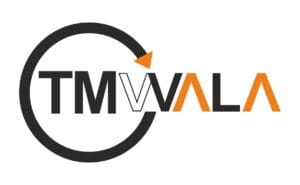
TMWala
Your one stop shop for all your business registration and compliance needs.
Choose your Entity Type
Non-MSME/ Large Entitie
Individual/ MSME/ Sole Proprietorships
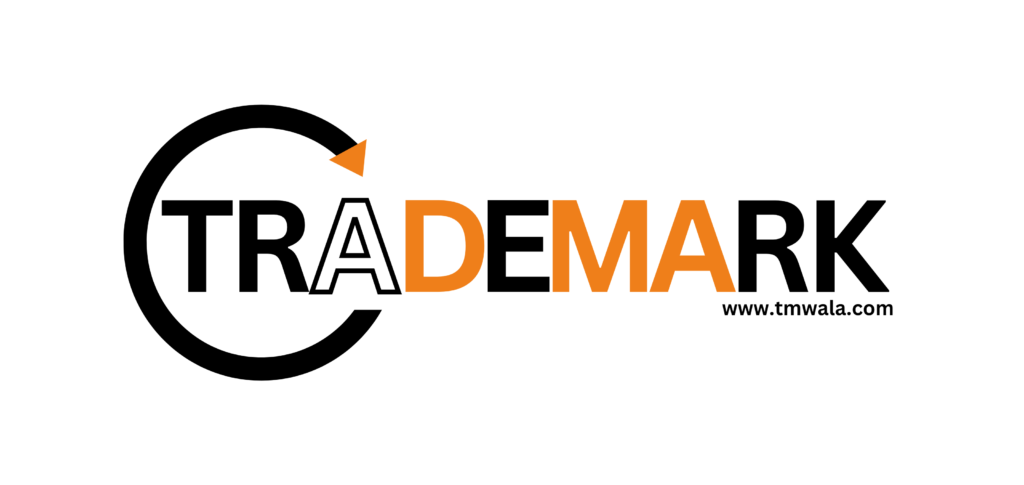
₹9,000.00 Original price was: ₹9,000.00.₹3,999.00Current price is: ₹3,999.00.
Trademark Application @ ₹3999* (Premium Discounted Plan for MSME/Individual/Sole Proprietorships) Comprehensive
Government Fees
₹4500/-

₹9,000.00 Original price was: ₹9,000.00.₹3,999.00Current price is: ₹3,999.00.
Trademark Application @ ₹3999* (Premium Discounted Plan for Non-MSMEs/Large Entities) Comprehensive
Government Fees
₹9000/-
Choose your Entity Type
Individual/ MSME/ Sole Proprietorships
Non-MSME/ Large Entities
₹3,500.00 Original price was: ₹3,500.00.₹1,999.00Current price is: ₹1,999.00.
Government Fees
₹4500/-
₹3,500.00 Original price was: ₹3,500.00.₹1,999.00Current price is: ₹1,999.00.
Government Fees
₹9000/-
Choose your Entity Type
Individual/ MSME/ Sole Proprietorships
Non-MSME/ Large Entities
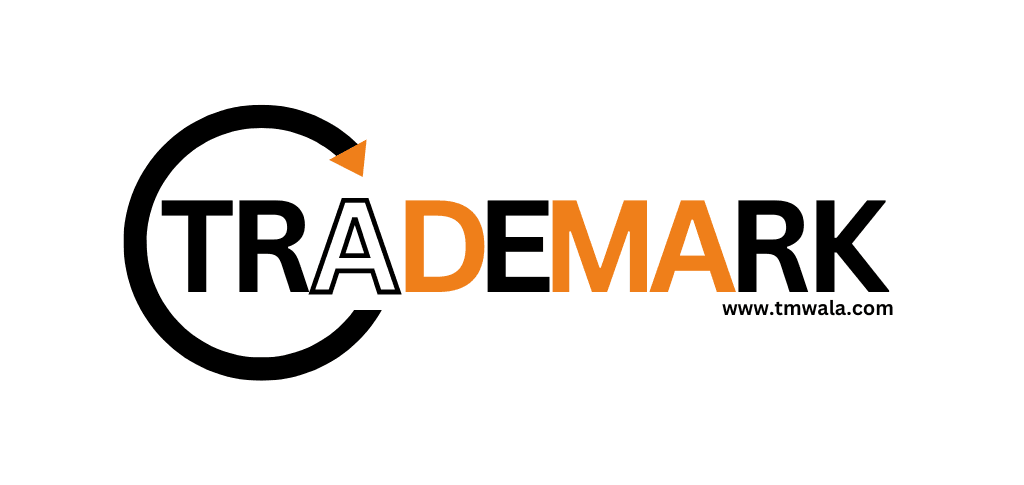
₹1,500.00 Original price was: ₹1,500.00.₹999.00Current price is: ₹999.00.
Trademark Application @ ₹999* (Basic Discounted Plan for MSME/Individual/Sole Proprietorships) Best-Selling, Economical & Easy

₹1,500.00 Original price was: ₹1,500.00.₹999.00Current price is: ₹999.00.
Trademark Application @ ₹999* (Basic Discounted Plan for Non-MSMEs/Large Entities) Best-Selling, Economical, Quick and Easy